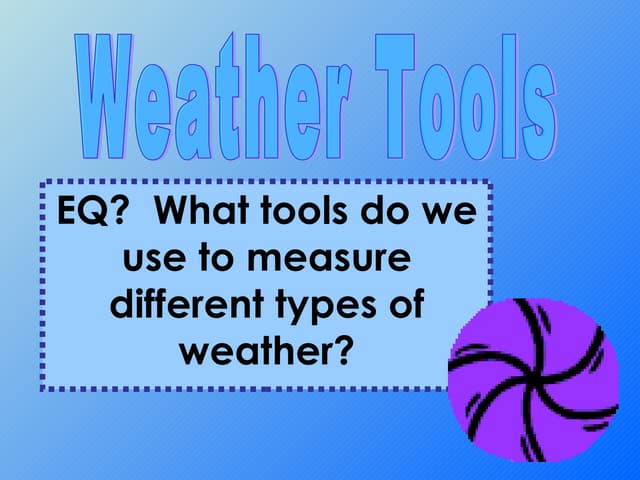

Michael Alvarez (Oxford: Oxford University Press, 2018). 1 For an introduction to structured expert judgment, see Cherie Maestas, “Expert Surveys as a Measurement Tool: Challenges and New Frontiers,” in The Oxford Handbook of Polling and Survey Methods, eds. This primary data is combined with secondary data using structured expert judgment (SEJ) to produce a comparative score for each indicator in the assessment. To overcome data gaps, CORVI employs structured expert surveys to collect data that is otherwise unavailable. Finally, IMPACT assesses the importance of change for each indicator in describing future risk in the coastal city or island state.ĭata Collection and Structured Expert Judgement.This assumes that longer periods of change contribute to less risk, as decision makers have more time to adapt and build resilience. Change that happens more quickly than expected are assumed to increase risk when compared to changes that take place over a longer time scale. MAGNITUDE assesses the degree of expected future trend change relative to other cities in the region.The only exception to the 10-year trend measure is the climate indicators, which use a 15-year trend horizon to account for slow-onset changes. EXPECTED TREND assesses the anticipated trend of risk in the next 10 years, measured from the baseline year.PAST TREND assesses the trend of risk for the past 10 years, measured from the baseline year.Climate indicators use an extended time period of 15 years. Baseline data for economic and social indicators are derived from the most recent year of complete data. The BASELINE measures the current level of risk for each indicator relative to other coastal cities and island states in the region.To ensure that the CORVI indicator scores provide a holistic risk rating, each indicator comprises five factors: current, past, and expected trends, the rate of change of the risk, and the impact of this risk on the coastal city or island state.


 0 kommentar(er)
0 kommentar(er)
